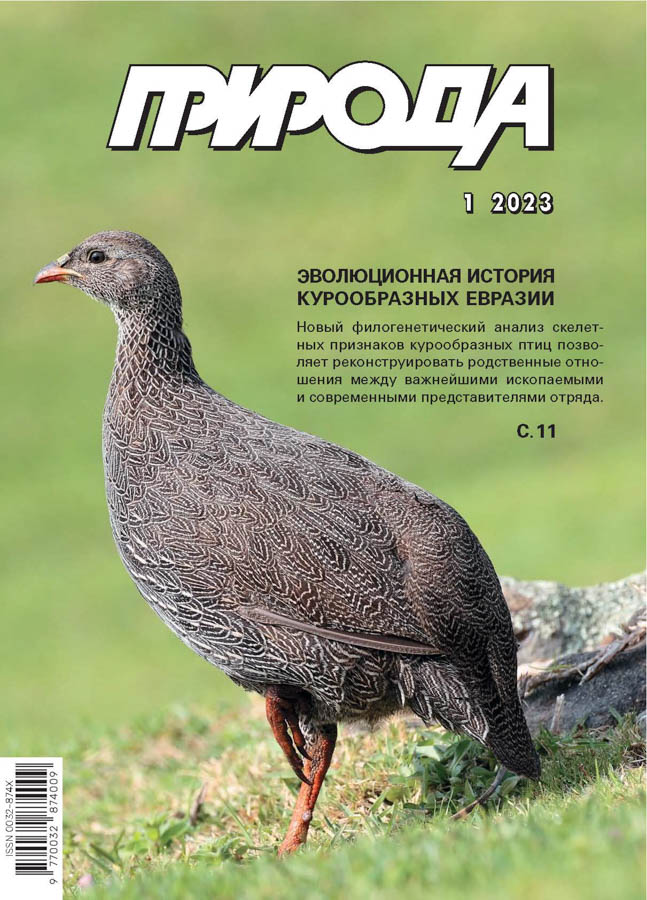The Answer to a Deep(Focus Seismicity Riddle
- Autores: Rodkin M.V1,2
-
Afiliações:
- Institute of Earthquake Prediction Theory and Mathematical Geophysics, Russian Academy of Sciences
- Institute of Marine Geology and Geophysics, Far Eastern Branch of the Russian Academy of Sciences
- Edição: Nº 1 (2023)
- Páginas: 3-10
- Seção: Articles
- URL: https://journals.eco-vector.com/0032-874X/article/view/627758
- DOI: https://doi.org/10.7868/S0032874X23010015
- ID: 627758
Citar
Texto integral
Resumo
The paradox of seismicity has long been known: the mechanism of ordinary fragile breakings cannot support realization of the earthquakes at depths of more than a few dozen kilometers. However, earthquakes occur much deeper. Various models that linked the occurrence of earthquakes with the release of fluid and phase transformations in the downgoing plates have been proposed to explain such events. However, the changes in the seismic mechanisms of earthquakes should be accompanied by the depth-associated changes in the focus parameters, whereas such changes have not been found until recently. The lack of such confirmation of the model suggestions prevents the finding of a solution for the mystery of deep-focus earthquakes. Recently, such changes that fit well with theoretically expected have been revealed. Thus, the almost century-old riddle of the nature of deep earthquakes has found its answer.
Sobre autores
M. Rodkin
Institute of Earthquake Prediction Theory and Mathematical Geophysics, Russian Academy of Sciences; Institute of Marine Geology and Geophysics, Far Eastern Branch of the Russian Academy of Sciences
Email: rodkin@mitp.ru
Moscow, Russia; Yuzhno-Sakhalinsk, Russia
Bibliografia
- Wadati K. Shallow and deep earthquakes. Geophys. Mag. 1928; 1: 161–202.
- Калинин В.А., Родкин М.В. Физическая модель глубокофокусных землетрясений. Известия АН СССР. Физика Земли. 1982; 8: 3–12.
- Калинин В.А., Родкин М.В., Томашевская И.С. Геодинамические эффекты физико-химических превращений в твердой среде. М., 1989.
- Kirby S.H. Localized polymorphic phase transformation in high-pressure faults and applications to the physical mechanism of deep focus earthquakes. J. Geophys. Res. 1987; 92: 13789–13800.
- Houston H. Deep earthquakes. Treatise on Geophysics. 2015; 4: 329–354.
- Role of water in earthquake generation. Bull. Earth. Res. Inst. Special Issue. 2001; 76(3–4).
- Родкин М.В., Никитин А.Н., Васин Р.Н. Сейсмотектонические эффекты твердофазных превращений в геоматериалах. М., 2009.
- Родкин М.В., Рундквист Д.В. Геофлюидодинамика. Приложение к сейсмологии, тектонике, процессам рудо- и нефтегенеза. Долгопрудный, 2017.
- Greewood G.W., Johnson R.H. The deformation of metals under stress during phase transformations. Proc. R. Soc. London. 1965; 283: 403–422.
- Пуарье Ж.-П. Ползучесть кристаллов. Механизмы деформации металлов, керамики и минералов при высоких температурах. М., 1988.
- Kalinin V.A., Rodkin M.V. The quantitative deep earthquakes model. High Pressure Investigations in Geosciences. Berlin, 1989; 213–217.
- Родкин М.В. Прогноз — старые предвидения и новые результаты. Наука и технологические разработки. 2020; 99(3): 5–18. doi: 10.21455/std2020.3-2.
- Rodkin M.V. The variability of earthquake parameters with the depth: evidences of difference of mechanisms of generation of the shallow, intermediate-depth, and the deep earthquakes. Pure Appl. Geophys. 2022; 179: 4197–4206. doi: 10.1007/s00024-021-02927-4.
- Abe K. Magnitude, seismic moment and apparent stress for major deep earthquakes. J. Phys. Earth. 1982; 30(4): 321–330.
- Иванов С.Н. Непроницаемая зона на границе верхней и средней части земной коры. Физика Земли. 1999; 9: 96–102.
- Sornette D. Earthquakes: from chemical alteration to mechanical rupture. Phys. Reports. A Review Section of Phys. Lett. 1999; 313: 237–291.
Arquivos suplementares









